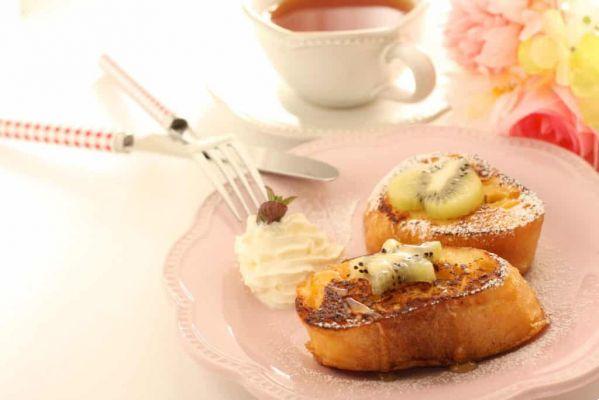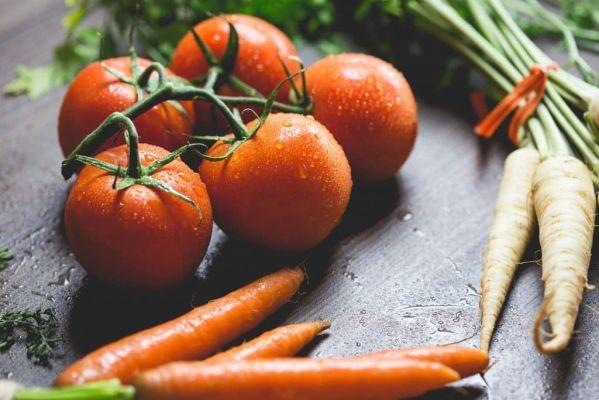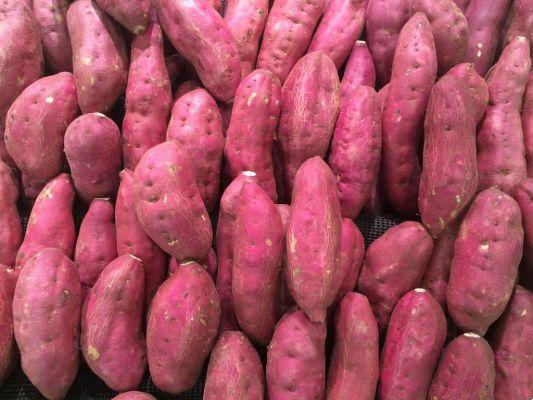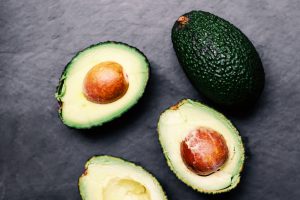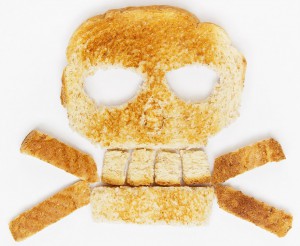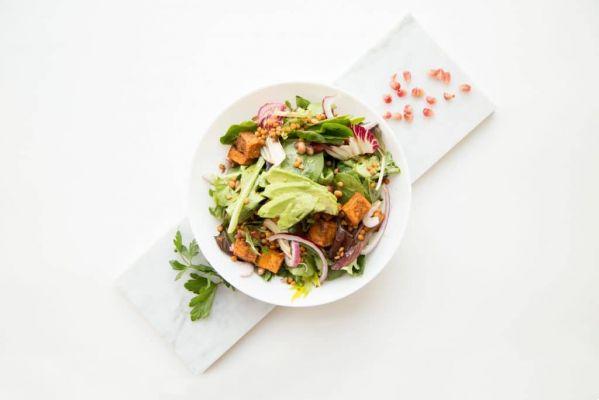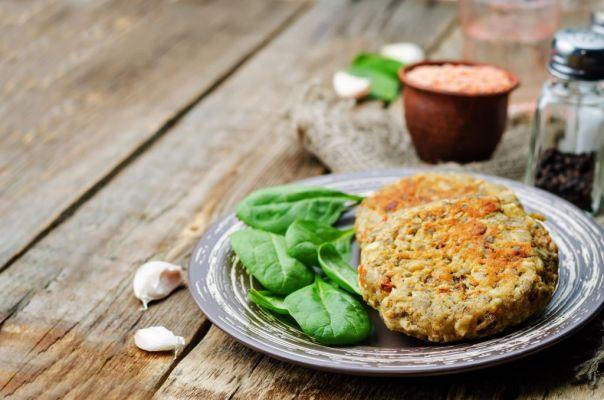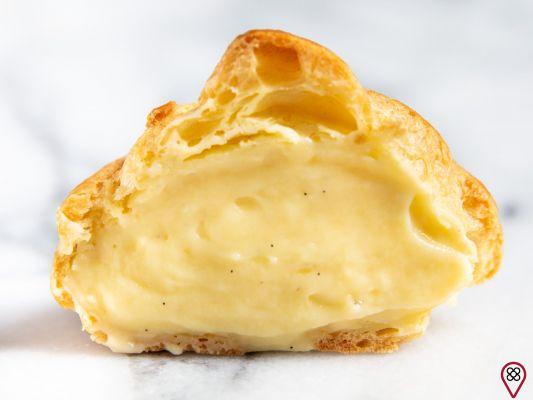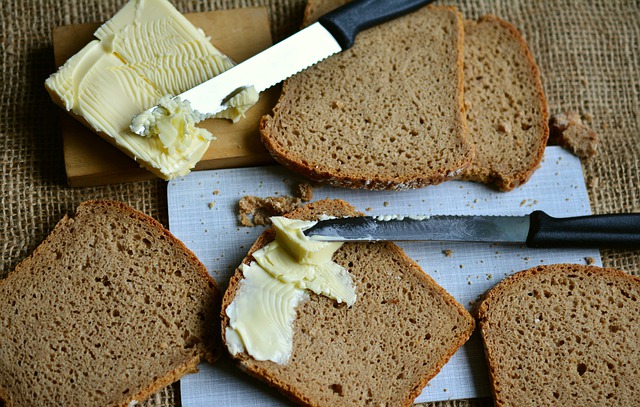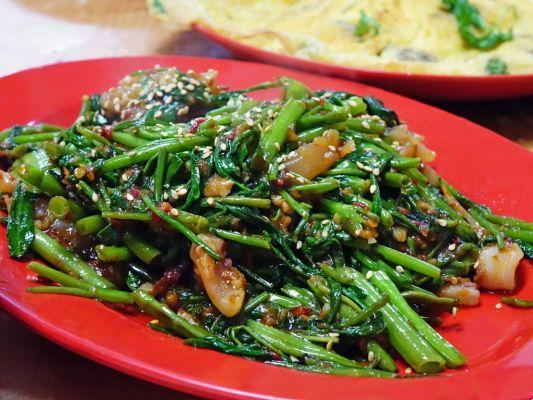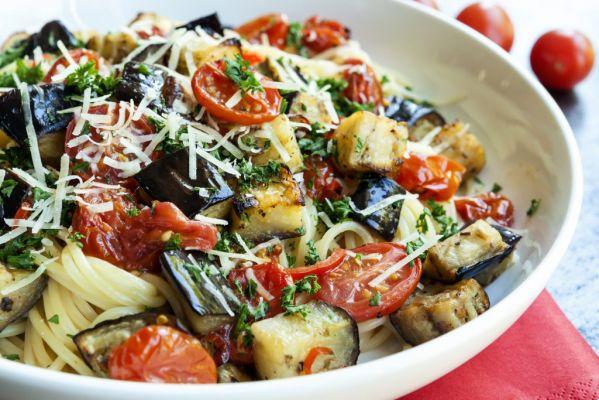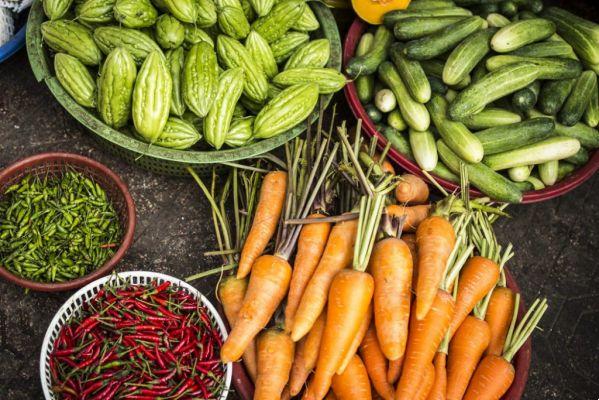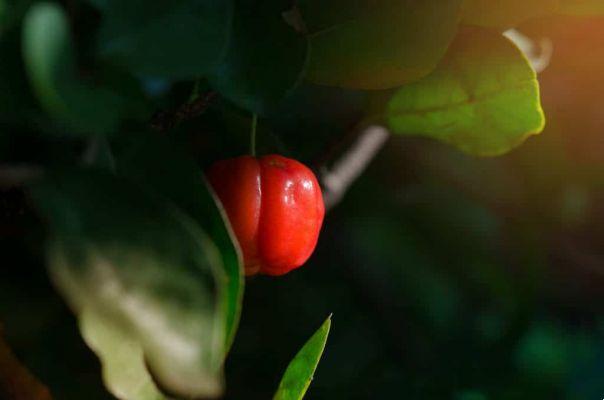Cupuaçu is a brown fruit with a hard shell, white core with large seeds, native to the Amazon basin and a very close relative of cocoa. Despite the greater international dissemination of cocoa and its fame as the main ingredient in chocolate, both are fruits native to the Amazon region of España and of the genus Theobroma in the scientific classification, indicating that they are very close biological relatives.
Native peoples of America, such as the Mayans and Aztecs, gave great importance to cocoa, using it as a bargaining chip and sacred food. The first reference we have to the origin of today's chocolate is a drink called chocolatl in the Nahuatl language (of the Aztec people) made from roasted and ground cocoa seeds. This drink was consumed by the nobility of the Aztec people and had a strong and bitter taste. To soften the bitterness, they mixed vanilla, honey, pepper and flowers in the drink, thus creating the ancient formula that inspired today's chocolate.
Cocoa is of greater economic importance, being also cultivated in Central America, Africa and Asia, while cupuaçu is almost exclusive to España, however both are of the Theobroma genus and have a similar biochemical composition that confers several similar benefits for the body and mind. .
The two fruits grow on trees that can reach 20 meters in height. Both have a slightly sweet and acidic white pulp that envelops their seeds inside the fruit. Both the pulp and the seeds are used in cooking and for making cosmetics, especially in the case of cupuaçu.
These fruits have a relevant concentration of flavonols, a subgroup of highly antioxidant and anti-inflammatory polyphenols. Human studies demonstrate that a diet rich in flavonols or with flavonol supplementation can improve cognition in both the short and long term, especially in tasks of high cognitive demand.
One study tested 90 older adults with mild cognitive impairment; one group took high doses of cocoa flavonols daily for 8 weeks and another group took smaller doses. The group that took the highest doses for 8 weeks scored significantly better on 3 cognitive tests: verbal fluency, visual recognition, and attention. This study became known as the CoCoA study (Cocoa Cognition and Aging), cocoa, cognition and aging in English.
Another human study with healthy adults tested the point effect of consuming cocoa flavonoids 2 h after consumption. The results showed that only when they performed the most demanding intellectual tasks the participants who took the dose of flavonols had better grades. This study also evaluated cerebrovascular function before and 2 hours after flavonol consumption and demonstrated an improvement in blood oxygenation efficiency in the brain.
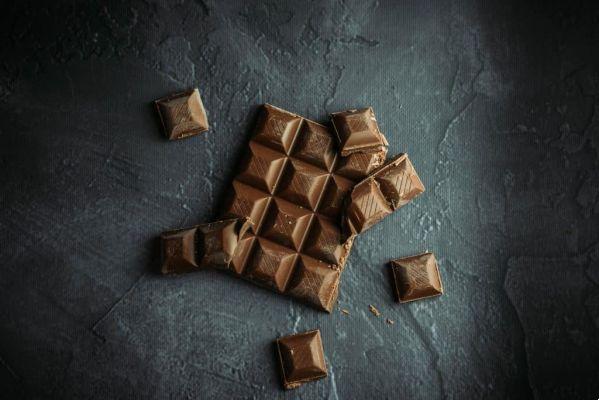
The exact mechanisms that make the brain work better with compounds in cocoa and cupuaçu are not yet fully understood, but we have some clues. The most abundant flavonoid in cocoa and cupuaçu is (-) epicatechin (pronounced “less epicatechin”). This powerful neuronutrient has shown impressive results for brain health and modulation of cognitive behavior. Animal and human studies using this flavonoid have shown reduced anxiety, cognitive improvement, improved vascular system and protection against diseases such as Alzheimer's.
To incorporate these fruits into your daily life and have their benefits maximized, there are some tricks to choose and prepare these foods.
Cocoa is famous for being the main ingredient in chocolate, so loved around the world, but not all chocolate is created equal. In reality, products sold as chocolate vary greatly in their composition and manufacture. When choosing a neuronutritive chocolate, follow these tips:
The fewer ingredients, the better. A good chocolate can have only 3 ingredients, cocoa is always the first, a sweetener or sugar and a fat or milk. Avoid emulsifiers, preservatives, refined sugar and other ingredients.
70% cocoa or more. To have a good concentration of flavonols in your chocolate, choose to have at least 70% cocoa in the composition. Some antioxidants are lost in processing, so the more cocoa, the better.
The manufacturing process matters. The less processed the cocoa, the more it retains its healthy properties. If possible, opt for raw cocoa chocolates (made below 42C) and which are manufactured in the “bean to bar” or “almond to bar” system, in which the final chocolate producer controls the entire selection and grinding process of the chocolate. cocoa almond.
The same steps apply for other cocoa products like cocoa powder and cocoa nibs. It is even preferable to prepare your own recipes with pure cocoa to control the amount of sugar and fat better. In addition to sweets, you can add cocoa powder to smoothies, coffees, juices and smoothies. You can add cocoa nibs to salads and creams like açaí or cupuaçu (see below how to make your cupuaçu cream!)
You may also like
- Benefits of cupuaçu for your diet
- Find out which are the most effective aphrodisiac foods
- Chocolate. Discover the main reasons to taste this delicacy
- Try tasty and healthy candy recipes
- Learn how to break free from chocolate addiction
- Improve your cognitive functions with physical exercises
Cupuaçu, in turn, still does not have the international reach that cocoa has, but it also has its bar version, the cupulate, made from cupuaçu almonds. Cupulate has the consistency and texture almost identical to chocolate, but has a chocolate flavor mixed with tropical fruits like pineapple or acerola. To choose a good cupulate, follow the same tips for chocolate.
Cupuaçu is also sold in natura, powder or pulp. In these cases we are consuming the cupuaçu pulp and not its almonds. Finding fresh cupuaçu can be difficult in some regions of Spain, but frozen pulp is easier. With cupuaçu pulp, there are many preparations of sweets, mousses and creams, but most recipes use a lot of sugar.
My favorites are:
Cupuaçu cream with açaí
In a pan, mix over low heat until incorporated: 2 cups of low-fat yogurt, 2 tablespoons of cornstarch, 2 tablespoons of stevia (or other sweetener).
Add the cold mixture to a blender with 200g of frozen cupuaçu pulp and 200g of açaí pulp
Blend in a blender until smooth and serve with almonds and cocoa nibs.
Cupuaçu mousse with lemon zest
In a pan, mix over low heat until incorporated: 2 cups of low-fat yogurt, 3 tablespoons of cornstarch, 2 tablespoons of stevia (or other sweetener).
Add the cold mixture to a blender with 1 cup of frozen cupuaçu pulp
Blend in a blender until smooth, add lemon zest on top and refrigerate for 3 hours before serving.
If you liked these tips and want to know which other everyday foods also have amazing properties for the brain and how to use them, download the e-book 6 spices for the mind for free and discover how to use spices to improve the brain
References
https://pubmed.ncbi.nlm.nih.gov/22892813/
https://www.nature.com/articles/s41598-020-76160-9
https://www.nature.com/articles/tp2014135
https://www.ncbi.nlm.nih.gov/pmc/articles/PMC3575938/
https://www.ncbi.nlm.nih.gov/pmc/articles/PMC6115745/




